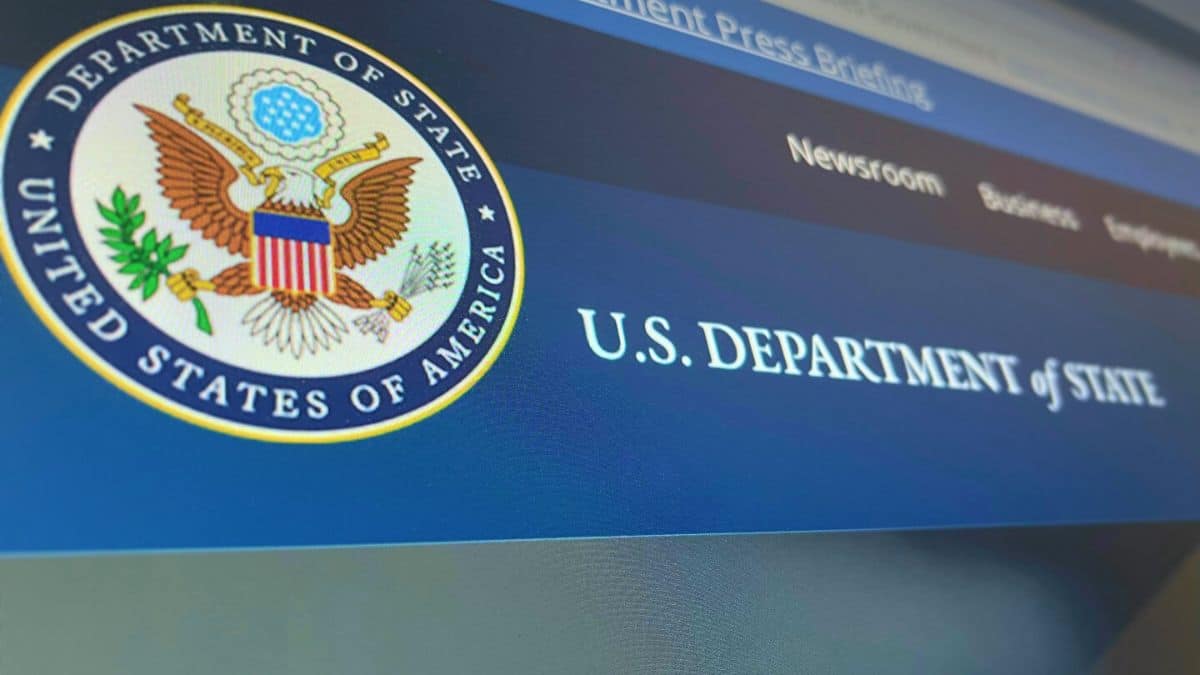Netherlands Weighs Reintroducing OW Subsidies To Boost Bidding

Table of Contents
Current State of Offshore Wind Bidding in the Netherlands
The Dutch offshore wind sector is currently facing significant headwinds. Low bidding levels for new projects are a major concern, hindering the country's progress towards its renewable energy goals. Several factors contribute to this challenging environment. High investment costs, coupled with the complexities of grid connection and lengthy permitting processes, are deterring potential investors. The fluctuating energy market further exacerbates the situation, making long-term investment planning risky.
- Decreased investor confidence: The volatility of energy prices makes it difficult for investors to predict future returns on investment in offshore wind projects. This uncertainty reduces the attractiveness of the Dutch market compared to others with more stable regulatory frameworks.
- Complex permitting processes: Navigating the Dutch regulatory landscape for offshore wind projects is notoriously complex and time-consuming, leading to significant delays in project development and increasing overall costs.
- Lack of sufficient grid infrastructure: The existing grid infrastructure in the Netherlands is struggling to accommodate the influx of new renewable energy projects, creating further bottlenecks and challenges for offshore wind developers.
- Increased material costs: The rising cost of materials, including steel and specialized equipment, is impacting the profitability of offshore wind projects, making them less appealing to investors.
Proposed Reintroduction of OW Subsidies
To revitalize the offshore wind sector and boost bidding, the Dutch government is exploring the reintroduction of subsidies for OW projects. The specifics of the proposed scheme are still under discussion, but several potential forms of support are being considered. The government’s rationale centers on accelerating the transition to renewable energy, securing energy independence, and stimulating economic growth through job creation within the renewable energy sector.
- Potential forms of subsidies: The proposed subsidies might include feed-in tariffs (guaranteed prices for the electricity generated), capital grants (direct financial contributions towards project costs), or tax breaks to reduce the financial burden on developers.
- Estimated budget allocation: The exact budget allocated to the subsidy program remains undisclosed, but it's expected to be substantial given the scale of investment needed for large-scale offshore wind projects.
- Projected impact on energy prices for consumers: The government will need to carefully analyze the potential impact of subsidies on electricity prices for consumers, balancing the need for renewable energy with the affordability of energy for households and businesses.
- Specific criteria for project eligibility: Eligibility criteria for the subsidies are likely to be stringent, focusing on factors like project location, technological innovation, and capacity. Projects demonstrating environmental sustainability and societal benefits might receive preferential treatment.
Potential Impacts of Reintroducing OW Subsidies
The reintroduction of OW subsidies could have significant ramifications, both positive and negative. While the potential benefits are undeniable, careful consideration of the drawbacks is crucial.
- Increased investment in Dutch offshore wind projects: Subsidies could attract significant investment, both domestic and international, accelerating the deployment of offshore wind capacity.
- Faster deployment of renewable energy capacity: Financial support could significantly reduce the financial risks associated with offshore wind projects, leading to quicker project development and a faster transition to cleaner energy sources.
- Job creation in the offshore wind and related industries: The increased activity in the sector would create numerous jobs across various industries, from construction and engineering to maintenance and operations.
- Potential increase in government debt: Subsidies represent a significant financial commitment for the government, potentially increasing public debt.
- Risk of creating an overreliance on subsidies: Long-term reliance on subsidies could hinder the development of a truly competitive and sustainable offshore wind market in the long run.
- Impact on competitiveness in the European offshore wind market: The level and design of subsidies could impact the Netherlands' competitiveness compared to other European countries pursuing similar renewable energy goals.
Alternative Strategies to Boost Bidding
While OW subsidies might offer a quick solution, alternative strategies warrant careful consideration. These approaches could create a more sustainable and competitive offshore wind market in the long term.
- Streamlining regulatory processes: Simplifying permitting procedures and reducing bureaucratic hurdles would significantly reduce project timelines and costs.
- Investing in grid modernization and expansion: Upgrading the existing grid infrastructure to handle the increased capacity from new offshore wind projects is essential for successful integration.
- Providing guarantees or insurance to mitigate project risks: Government-backed risk mitigation tools could reduce investor uncertainty and encourage greater participation in the market.
- Implementing a carbon tax to incentivize renewable energy adoption: A carbon tax could make renewable energy sources more competitive compared to fossil fuels, stimulating market demand without direct subsidies.
Conclusion
The Netherlands' consideration of reintroducing OW subsidies is a complex decision with both potential benefits and drawbacks. While subsidies could indeed stimulate offshore wind development and create jobs, they also carry the risk of increased government spending and potential market distortions. A thorough cost-benefit analysis is essential, weighing the short-term gains against the long-term sustainability of the approach. Alternatives focusing on regulatory reform and infrastructure improvements offer a path toward a more robust and competitive offshore wind sector, ultimately contributing to the Netherlands' ambitious renewable energy targets. Further discussion and analysis are needed to determine the optimal strategy for boosting bidding and securing a sustainable future for offshore wind energy in the Netherlands. Stay informed on developments concerning Netherlands offshore wind subsidies and their impact on the future of renewable energy.

Featured Posts
-
 Christina Aguileras Appearance A Public Discussion
May 03, 2025
Christina Aguileras Appearance A Public Discussion
May 03, 2025 -
 Aid Ship To Gaza Under Attack Sos Issued Near Maltese Waters
May 03, 2025
Aid Ship To Gaza Under Attack Sos Issued Near Maltese Waters
May 03, 2025 -
 Serie Joseph Tf 1 Vaut Elle Le Detour Critique Et Avis
May 03, 2025
Serie Joseph Tf 1 Vaut Elle Le Detour Critique Et Avis
May 03, 2025 -
 Fortnite Players Revolt Over Music Change
May 03, 2025
Fortnite Players Revolt Over Music Change
May 03, 2025 -
 Government Funded Mental Health Courses A Complete Guide To Ignou Tiss Nimhans Programs
May 03, 2025
Government Funded Mental Health Courses A Complete Guide To Ignou Tiss Nimhans Programs
May 03, 2025
